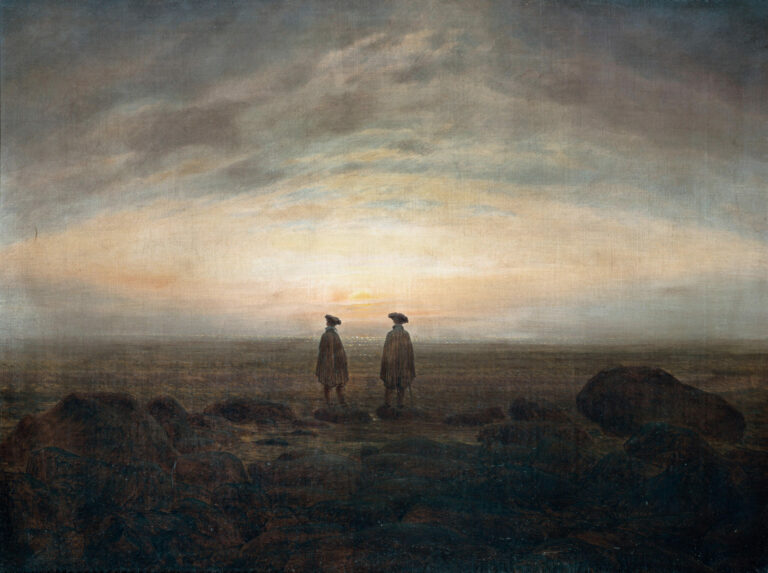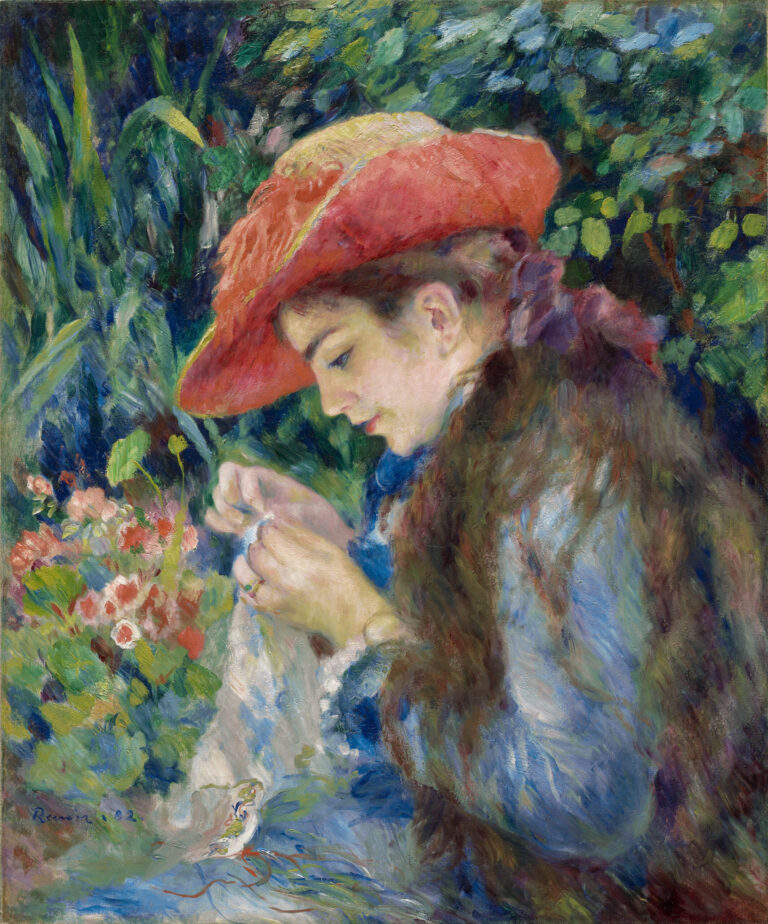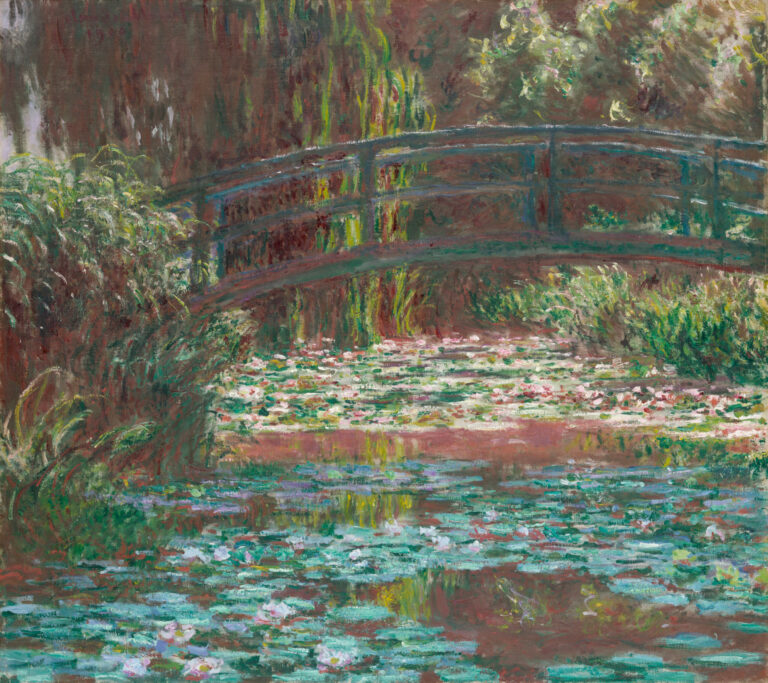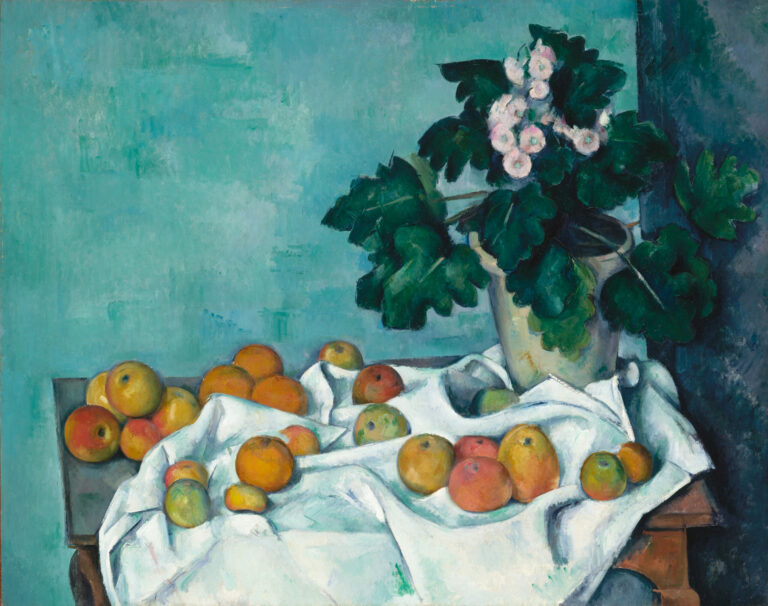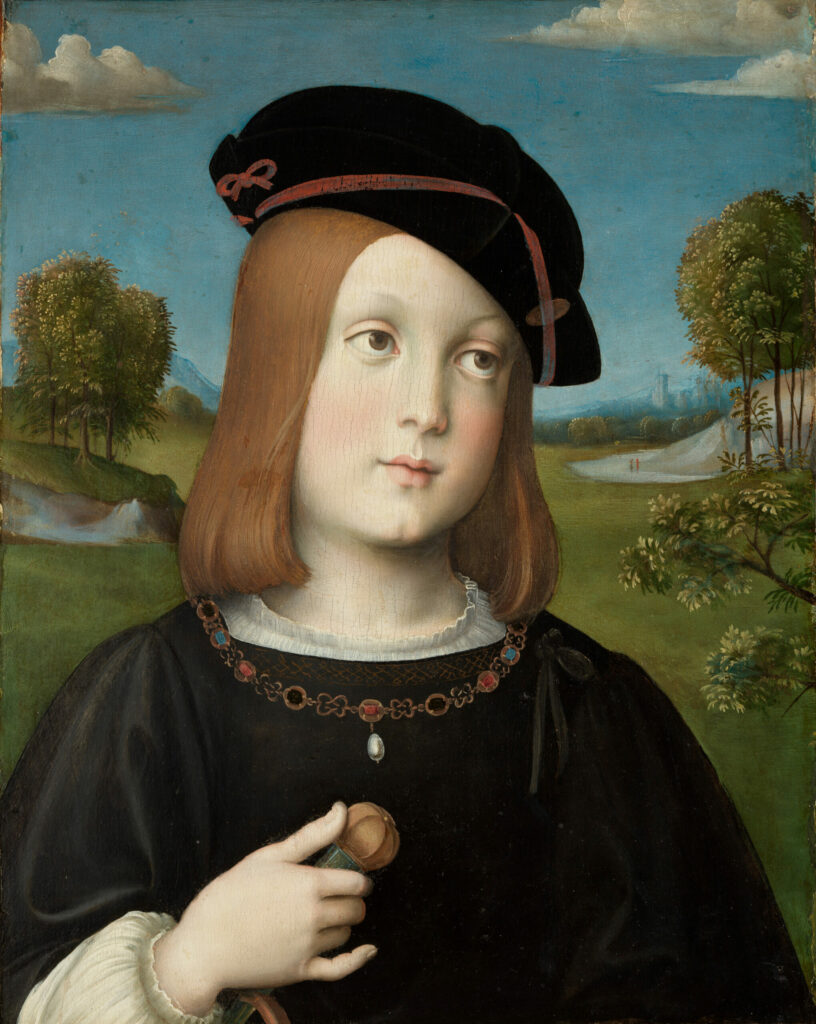
Federico Gonzaga constitutes a masterpiece of Renaissance portrait art, born from an exceptional commission by Isabella d’Este, Marchioness of Mantua and patron of the arts.
This work responds to maternal urgency: to console a mother deprived of her son, held as a diplomatic hostage at the papal court. Francesco Francia accomplishes here a technical marvel in only twelve days, working from sketches made during the young prince’s passage through Bologna. The portrait reveals a ten-year-old adolescent with delicate features, adorned with a black beret decorated with a red ribbon and a rich collar with a pearl pendant. His melancholic gaze and rosy cheeks express touching innocence contrasting with the solemnity of princely attire. The idyllic landscape in the background, typical of the Bolognese school, elevates this consoling image. The anecdote of the hair deemed too light by Isabella, which she had repainted, bears witness to the maternal control exercised over this effigy.
Further information
- Federico Gonzaga (1500–1540), by Francesco Francia, 1510
- 45.1 x 34.3 cm (17 3/4 x 13 1/2 in.), Tempera on wood, transferred from wood to canvas and then again to wood
- The Metropolitan Museum of Art, Fifth Avenue, New York, on view in Gallery 604
- https://www.metmuseum.org/art/collection/search/436333
Francesco Francia (ca. 1447-1517), a major figure of the Bolognese school, embodies the transition between the late Gothic and High Renaissance. A goldsmith by training and then self-taught painter, he revolutionized the art of portraiture through his technique of goldsmith-like precision and exceptional psychological sensitivity. Influenced by Perugino, he developed a personal style combining classical monumentality and Northern intimacy. Head of a flourishing workshop and official portraitist to the great Italian families, Francia enjoyed an international reputation that rivaled that of Florentine and Venetian masters, particularly celebrated for his representations of children of incomparable grace.

